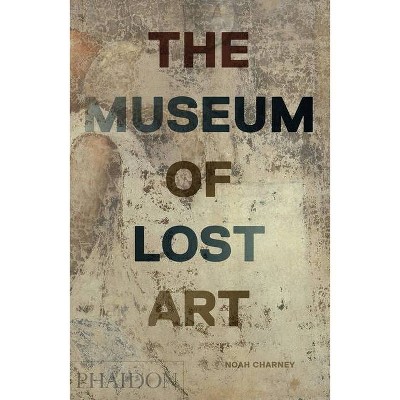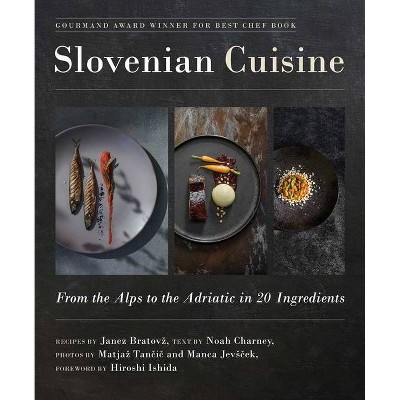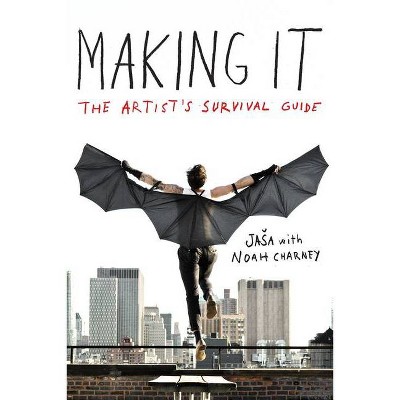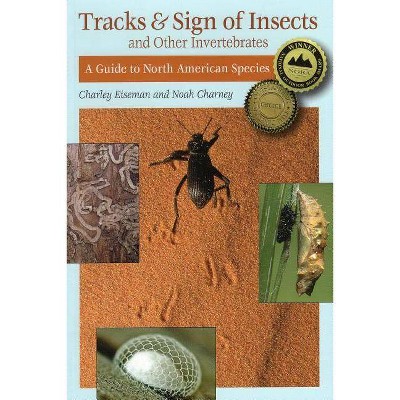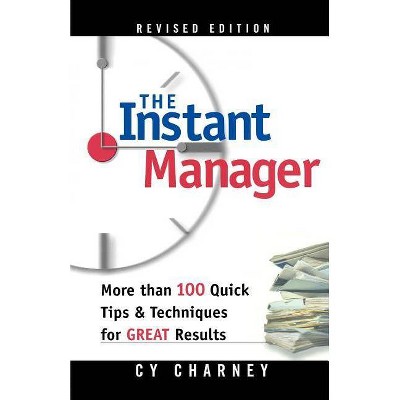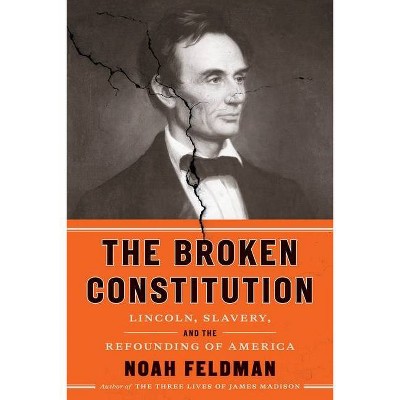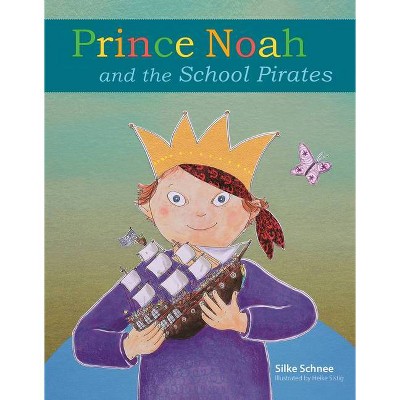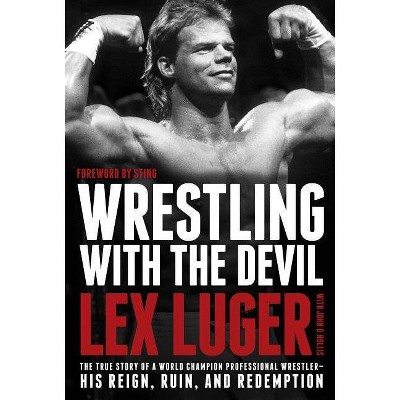The Devil in the Gallery - by Noah Charney (Hardcover)
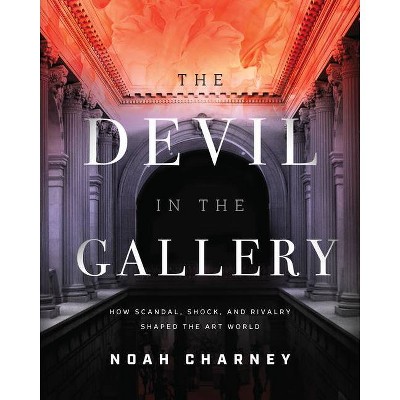
Similar Products
Products of same category from the store
AllProduct info
<p/><br></br><p><b> About the Book </b></p></br></br>The Devil in the Gallery is a guided tour of the history of art through it scandals, rivalries, and shocking acts. Award-winning art historian shares dozens of stories, lavishly illustrated in full color, of such dramatic moments and arguing how they not only affected the history of art but affected it for the better.<p/><br></br><p><b> Book Synopsis </b></p></br></br>Scandal, Shock and Rivalry Can Be an Artist's Best Friends Scandal, shock and rivalry all have negative connotations, don't they? They can be catastrophic to businesses and individual careers. A whiff of scandal can turn a politician into a smoking ruin. But these potentially disastrous "negatives" can and have spurred the world of fine art to new heights. A look at the history of art tells us that rivalries have, in fact, not only benefited the course of art, from ancient times to the present, but have also helped shape our narrative of art, lending it a sense of drama that it might otherwise lack, and therefore drawing the interest of a public who might not be drawn to the objects alone. There would be no Sistine Chapel by Michelangelo had rival Raphael not tricked the pope into assigning him the commission, certain that Michelangelo, who had never before worked with frescoes, would botch the job and become a laughing stock. Scandal and shock have proven to be powerful weapons when harnessed and wielded willfully and well. That scandal is good for exposure has been so obviously the case that many artists have courted it intentionally, which we will define as shock: intentionally overturning expectations of the majority in a way that traditionalist find dismaying or upsetting, but which a certain minority avant-garde find exciting. From Damien Hirst presenting the public with a shark embalmed in formaldehyde and entombed in a glass case to Marcel Duchamp trying to convince the art community that a urinal is a great sculpture shock has been a key promotional tool. The Devil in the Gallery is a guided tour of the history of art through it scandals, rivalries, and shocking acts, each of which resulted in a positive step forward for art in general and, in most cases, for the careers of the artists in question. In addition to telling dozens of stories, lavishly illustrated in full color, of such dramatic moments and arguing how they not only affected the history of art but affected it for the better, we will also examine the proactive role of the recipients of these intentionally dramatic actions: The art historians, the critics and even you, the general public. The Devil likes to lurk in dark corners of the art world, morphing into many forms. Let us shed light upon him.<p/><br></br><p><b> Review Quotes </b></p></br></br><br>The main task of the artist, it has been said, is to make yourself stand out from all other artists. In the intense rivalry that results, scandalizing the public is a well-trodden path to fame or infamy. Noah Charney's breakneck tour through this long history of shock and scandal shows how artists have exploited these dangerous effects--sometimes with results they hadn't anticipated.--Julian Stallabrass, professor of art history, Courtauld Institute of Art<br><br>Noah Charney takes the reader on an informed and often irreverent journey through art history that spans centuries and continents from Caravaggio to Koons, Courbet to Hirst. With a brisk narrative and a keen sense of humor, he pulls back the curtain and reveals an original perspective that only a writer with Charney's wide range of scholarship can provide.--Brent D. Glass, director emeritus, National Museum of American History, Smithsonian Institution<br><br>Noah Charney, among the most insightful and compelling voices in art history today, has written a book about art scandal that is at once hugely entertaining, widely informative, and, most important, profoundly transformative. With Noah as our expert tour guide through the shocking tales behind many of our favorite artists and works - from that murderous crook Caravaggio to Damien Hirst and his shark in formaldehyde - we discover that scandal in the art world has almost always been a good thing for the artist and for their art.--Gary Vikan, former director, the Walters Art Museum, and author of Sacred and Stolen: Confessions of a Museum Director<br><p/><br></br><p><b> About the Author </b></p></br></br>Noah Charney is an internationally best-selling author of more than a dozen books and a professor of art history specializing in art crime. His novel, The Art Thief, was a bestseller in five countries and is translated into 17 languages. His The Art of Forgery, Stealing the Mystic Lamb and Slovenology were international bestsellers. His book Collector of Lives: Giorgio Vasari and the Invention of Art was nominated for the Pulitzer Prize. He appears occasionally as a television presenter, with shows for BBC, National Geographic, among many others, and is in demand as a speaker, having been a finalist to be a TED Fellow and with recent talks at the National Gallery and the Metropolitan Museum of Art. He is currently writing a television series for HBO Europe, and writes regularly for the Guardian, the Washington Post, Salon, the Observer, and many other top magazines and newspapers. Trained in art history at The Courtauld Institute, Cambridge University, and University of Ljubljana, Charney has taught for many years, for Yale and Brown University, and in Cambridge, Florence, Rome, and Ljubljana. Charney is now a professor of art history at the American University of Rome and at University of Ljubljana in Slovenia, where Charney has lived for many years.
Price History
Price Archive shows prices from various stores, lets you see history and find the cheapest. There is no actual sale on the website. For all support, inquiry and suggestion messagescommunication@pricearchive.us
